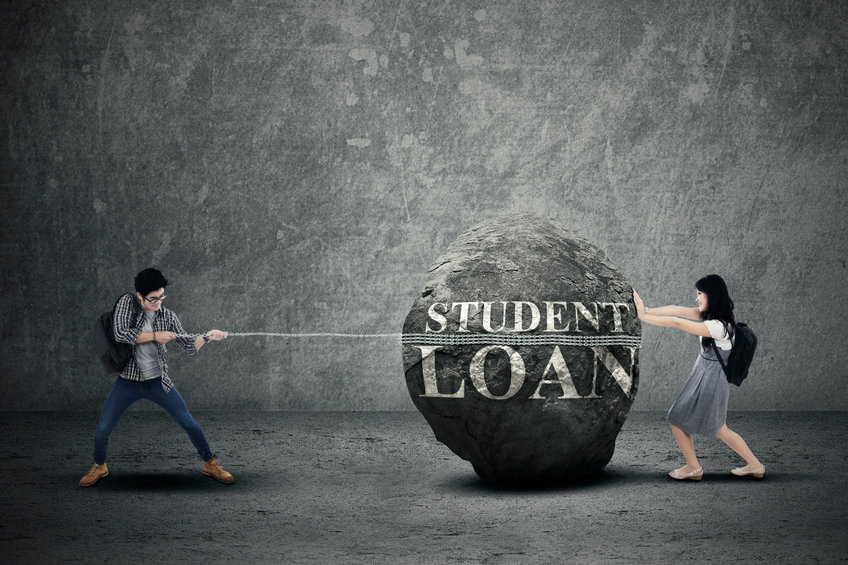While federal student loans payments are on hold, take time to put a strategy in place to pay off this debt faster.
When the CARES Act was passed earlier in 2020 to provide financial relief individuals and families through the COVID-19 pandemic, it included a hold on federal student loan payments and on interest charges for federal student loans. The student loan payment moratorium lasts until December 31, 2020.
The break is a good time to student loan borrowers to assess where they stand in making payments and put plans in places to help reduce this debt quickly and easily. Here are some ideas that can help.
Make a budget that includes loan payments. If you don’t already have a personal budget, now’s the time to create one. You need a better idea of how much income you have and where that money is being spent if you want to tackle your student loans effectively. Make sure your personal budget accounts for all student debt payments.
Make sure you’re paying down your principal. Many student loan borrowers struggle for a long time to pay down debt because their payments aren’t enough to cover the interest. That just compounds the problem of paying of your loans. If you’re making extra payments, be sure this amount is reducing your principal.
Take advantage of discounts and breaks. These days, many lenders want to enroll borrowers in automatic payment plans. It’s good business sense for the lender, but it can also be good financial sense for the borrower too if auto-payments come with a break on the loan’s interest rate. Also, look for loyalty discounts if you have more than one loan with a lender.
Retire one loan at a time. Many students take out multiple loans to finance their higher education, then juggle multiple payments when it comes time to make payments. To make things simpler, focus on paying off one loan at a time with higher payments—preferably the largest outstanding balance or the highest interest rate—while making minimum payments on other loans or deferring them for as long as possible.
Pay bi-weekly instead of monthly. If you split your regular monthly student loan payment in half and remit this amount to your lender every two weeks, you actually make 13 payments in a year—one more than you would with monthly payments. Even a small step like this can help you pay down your principal loan amount.
Consider loan consolidation. Bundling your outstanding student debt with a private lender may lower your interest rate, but it could also extend the time it takes to pay off your loan. Plus, you may also lose some of the benefits the government extends to federal student loan borrowers if you consolidate with a private lender. For instance, the payment moratorium and interest deferral enacted by the CARES Act only applies to federal student loans. Be sure to weigh the pros and cons before you consolidate your existing federal student loans.
This material is for general information only and is not intended to provide specific advice or recommendations for any individual. There is no assurance that the views or strategies discussed are suitable for all investors or will yield positive outcomes. Investing involves risks including possible loss of principal.
This material was prepared by LPL Financial.
Securities and advisory services offered through LPL Financial (LPL), a registered investment advisor and broker-dealer (member FINRA/SIPC). Insurance products are offered through LPL or its licensed affiliates.

